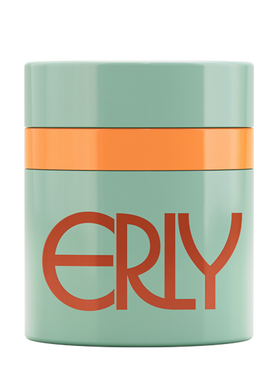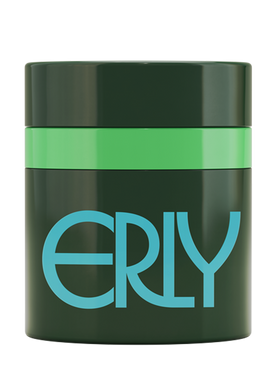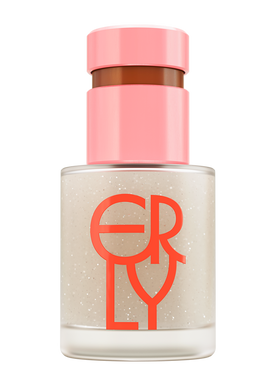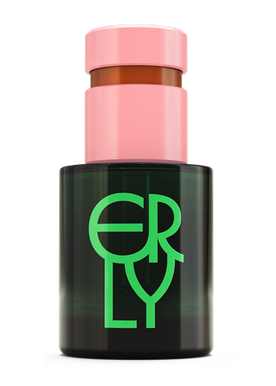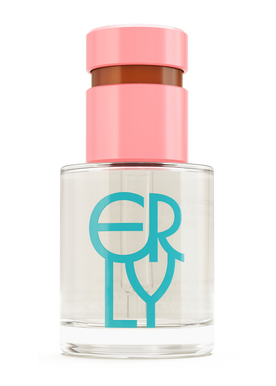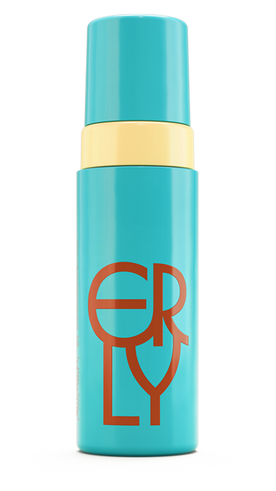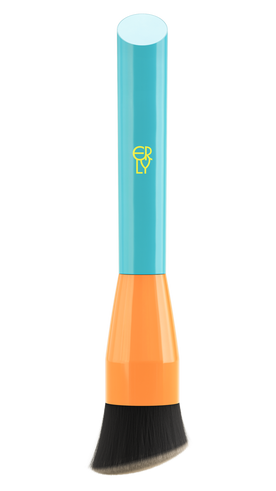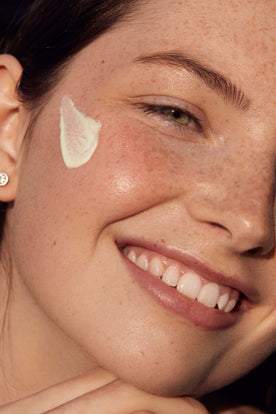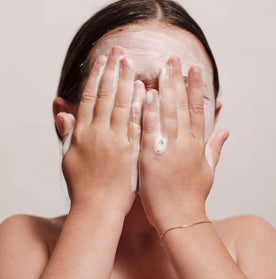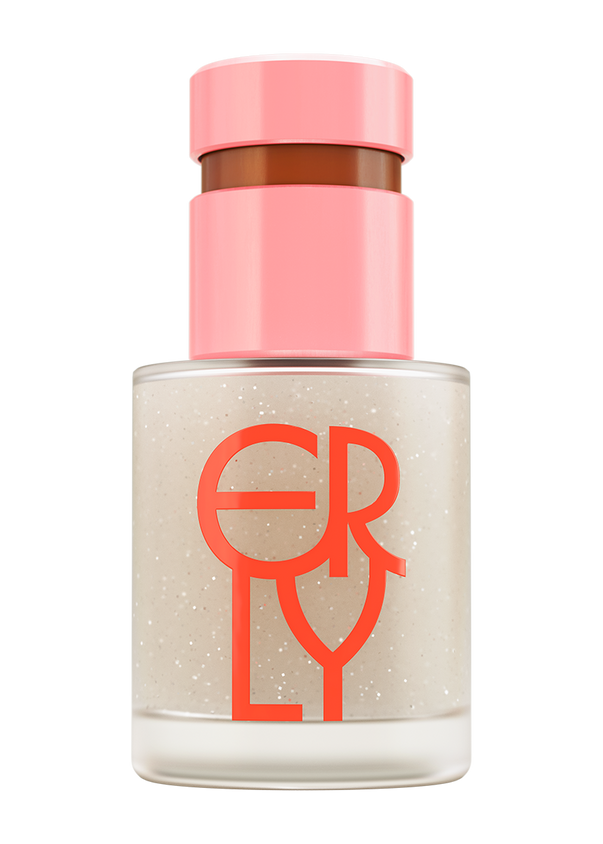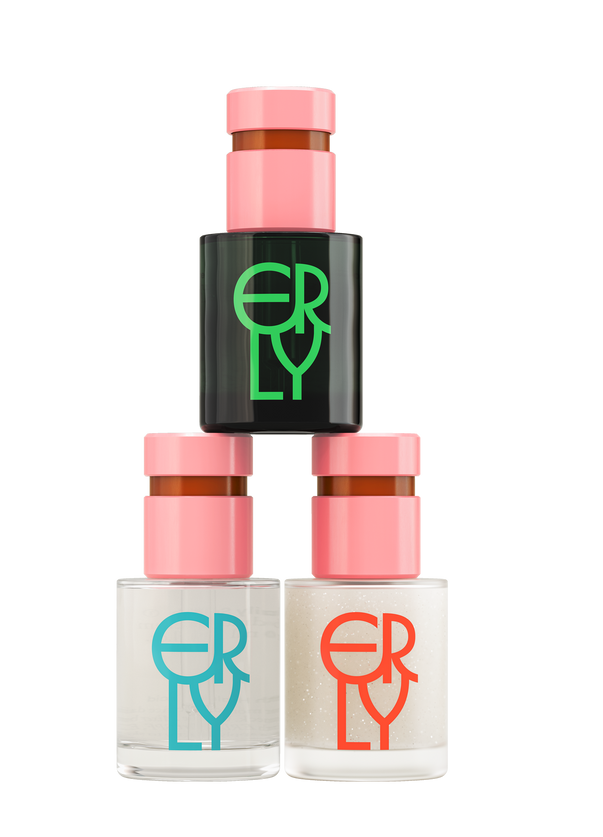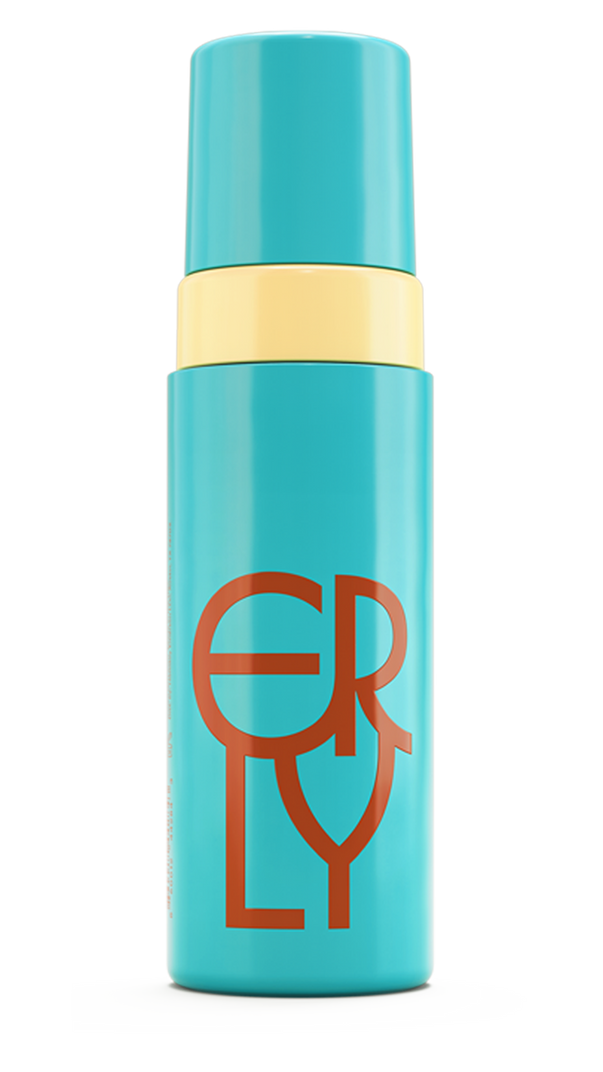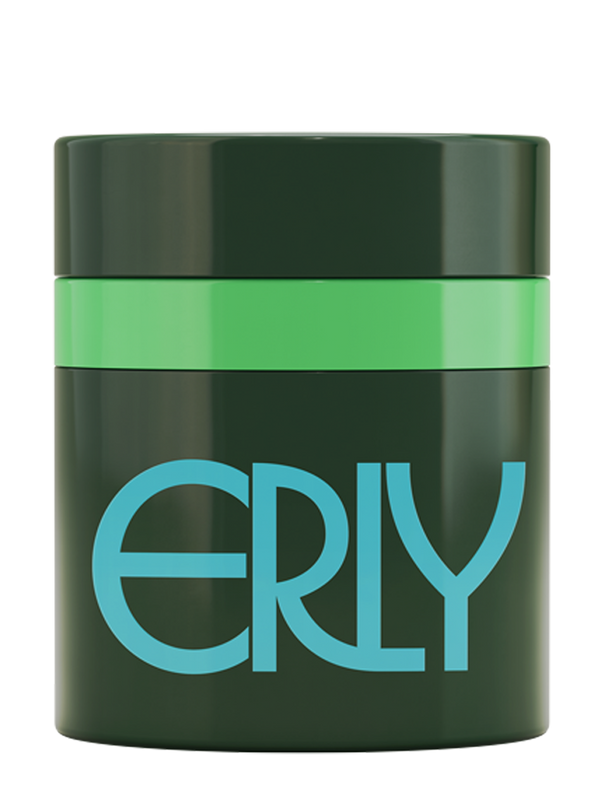As a dermatologist, one of the most common skin concerns I hear during the warmer months is, “Why is my skin so oily all of a sudden?” While some people have naturally oily skin due to genetics, many experience changes in oil production depending on external and internal factors. If your skin has recently become more greasy, shiny, or prone to clogged pores and breakouts, you’re not alone—and the good news is, there are steps you can take to identify oily skin triggers and correct them.
Here are seven possible reasons your skin might be oilier right now, and how to address them with a balanced, gentle routine. ERLY’s Face Foam Gentle Cleanser and Daily Soothe with niacinamide are both excellent options to help restore clarity and control shine.
1. It’s Hot and Humid Outside
When temperatures rise, so does sebum production. Your sebaceous glands are stimulated by heat and humidity, which means more oil on the surface of your skin. This is your body’s natural cooling mechanism—but when combined with sweat, sunscreen, and pollution, it can lead to clogged pores and congestion.
Dermatologist Tip: Don’t be tempted to over-cleanse. Stripping away oil too aggressively actually signals your skin to produce more oil. Instead, opt for a gentle, pH-balanced cleanser like ERLY Face Foam Gentle Cleanser. It removes sweat, sunscreen, and excess oil without disturbing your barrier or over-drying the skin.
2. You’re Using the Wrong Moisturizer (or Skipping It Altogether)
A common misconception is that oily skin doesn’t need moisturizer. In reality, skipping moisturizer can lead to increased oiliness. When your skin lacks hydration, it compensates by producing more oil. On the flip side, using a rich, occlusive cream that’s not designed for your skin type can trap excess oil and clog pores.
Dermatologist Tip: Look for lightweight, non-comedogenic moisturizers with ingredients like hyaluronic acid or niacinamide. Niacinamide, in particular, helps regulate oil production while calming inflammation. A serum like ERLY Daily Soothe delivers hydration without heaviness, and its 10% niacinamide formula supports a balanced, shine-free complexion.
3. You’re Over-Exfoliating
It’s easy to fall into the trap of over-exfoliating when your skin feels greasy or textured. But using harsh scrubs or strong acids too frequently can damage your barrier, triggering inflammation and even more oil production. This sets off a cycle of stripping and overcompensation that’s hard to break.
Dermatologist Tip: Limit exfoliation to once or twice a week, and focus on gentle ingredients. If you’re experiencing breakouts or congestion in addition to oiliness, speak with a dermatologist about using a salicylic acid cleanser or retinoid—under guidance—to reduce oil without overdoing it.
4. Hormonal Changes Are at Play
Whether you’re a teenager, navigating your menstrual cycle, pregnant, or under stress, hormones can have a direct effect on oil production. Androgens like testosterone stimulate the sebaceous glands, which is why oily skin and breakouts often worsen during hormone fluctuations.
Dermatologist Tip: While you can’t always control your hormones, you can manage your skin’s response. Niacinamide—again, found in ERLY Daily Soothe—is clinically proven to help balance oil production, reduce inflammation, and minimize the appearance of pores. It’s also very well-tolerated, even for sensitive or acne-prone skin.
5. You’re Using Occlusive or Comedogenic Products
Many cosmetic products, from makeup to sunscreen to leave-on treatments, contain ingredients that can trap oil and cause buildup—especially in hot weather. Heavy silicones, mineral oils, and certain waxes can make oily skin feel greasy and suffocated.
Dermatologist Tip: Choose products labeled as non-comedogenic, fragrance-free, and formulated for sensitive or acne-prone skin. If your sunscreen or foundation feels heavy, consider switching to a mineral-based sunscreen with zinc oxide, and opt for lightweight, water-based makeup.
6. You’re Not Washing Properly (or Often Enough)
If you’re working out regularly, sweating more, or just spending time outdoors, you may need to cleanse more consistently. Skipping your nightly cleanse—or failing to wash thoroughly—can allow oil, dirt, and bacteria to build up on your skin, contributing to excess shine and clogged pores.
Dermatologist Tip: Wash your face twice daily with a gentle but effective cleanser like ERLY Face Foam Gentle Cleanser. It removes buildup without disrupting your natural pH, making it ideal for oily or combination skin. After exercise, a quick rinse or gentle cleanse can help prevent post-workout breakouts.
7. Your Diet and Lifestyle Are Contributing
There’s growing evidence that diet plays a role in oil production and acne. High glycemic index foods—like sugary snacks, white bread, and soda—can spike insulin levels and stimulate oil glands. Dairy may also play a role in some individuals.
Stress, lack of sleep, and poor hydration can also contribute to oil imbalance. When your body is in fight-or-flight mode, cortisol levels rise, which may lead to increased oil production and skin reactivity.
Dermatologist Tip: Try reducing processed sugar and dairy, and focus on whole foods rich in antioxidants, healthy fats, and fiber. Stay hydrated, prioritize rest, and find ways to manage stress—whether through exercise, meditation, or simply taking breaks from your phone or computer. What’s good for your body is often good for your skin, too.
How to Rebalance Oily Skin Without Stripping It
If your skin is oily right now, the solution isn’t to attack it with harsh products. It’s about restoring balance. Here’s a simple, dermatologist-recommended routine using ERLY products that supports oil control while protecting your barrier:
-
Cleanse: Use ERLY Face Foam Gentle Cleanser morning and night. It’s pH-balanced, non-stripping, and removes oil and buildup effectively without irritation.
-
Treat: Apply ERLY Daily Soothe after cleansing. With 10% niacinamide, it helps regulate oil, minimize pores, and calm redness or breakouts.
-
Moisturize: Even oily skin needs hydration. Follow with a lightweight, non-comedogenic moisturizer, like ERLY Night Moisturizer with Peptides. (Look for ingredients like hyaluronic acid or peptides, both of which are barrier-friendly.)
-
Protect: During the day, use a mineral sunscreen with zinc oxide. It not only protects from UV damage but also has mild anti-inflammatory and oil-absorbing properties.
Final Thoughts on Oily Skin Triggers
Oily skin isn’t inherently bad—in fact, people with oily skin often show signs of aging more slowly due to the natural moisture and suppleness that sebum provides. But when oil becomes excessive or causes congestion and breakouts, it’s time to take a closer look at what might be contributing to the imbalance.
By understanding the underlying causes—from climate to hormones to skincare habits—you can take smarter, gentler steps to get your skin back on track. ERLY’s formulations are great tools in a minimalist, effective routine that respects your skin’s natural rhythms while helping reduce excess oil.
Remember: balanced skin is healthy skin. And when it comes to oil control, less is often more.
